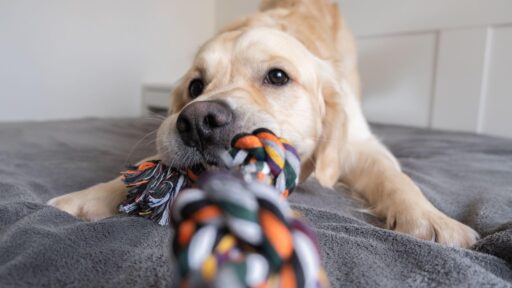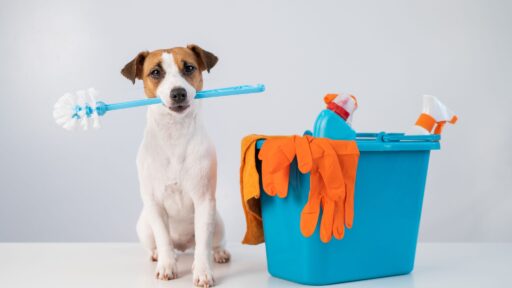Fleas are more than just annoying pests. For dogs, a flea infestation can lead to itching, skin infections, allergic reactions, anemia, and even transmission of other parasites. For pet owners, the key is not just treating fleas once you see them—it’s about preventing them and dealing with every stage of their life cycle (eggs, larvae, pupae, adults).
Here’s a clear, practical guide to understanding and flea treatment for dogs.
Why Fleas Are a Big Deal
Fleas cause more than itchiness
When a flea bites, your dog may suffer from discomfort, red skin, dermatitis, and even secondary infections due to scratching. In severe cases (especially for small or young dogs), fleas can contribute to anemia.
Also, fleas can serve as vectors for other parasites or diseases like tapeworms and bacterial infections. Since fleas spend much of their life not on the dog but in the environment, ignoring the home and yard allows re-infestation.
Flea life cycle matters
Understanding the flea life cycle helps explain why a one-time treatment often fails. Fleas go through egg, larva, pupa, and adult stages. The pupal stage is especially resilient, and pupae can lie dormant for weeks or months until the right conditions prompt them to emerge. That means even if you kill all adult fleas today, new ones may appear later unless you continue treatment and cleaning.
Because of this, a successful flea control plan must treat both your pet and the environment, and often over multiple months.
Choose the Right Flea Treatment
There’s no one-size-fits-all. The best treatment depends on your dog’s age, size, health status, lifestyle, and local flea pressure.
Types of flea treatments
- Topical (spot-on) treatments
These are liquids applied directly to the dog’s skin, usually between the shoulder blades. The active ingredients spread through the skin’s oil glands and typically last about a month. - Oral (chewable) treatments
Pills or chews that distribute via the bloodstream, killing fleas when they bite. Some also protect against ticks. - Collars
Flea collars release insecticidal compounds that repel or kill fleas and ticks, with some lasting several months. - Shampoos, sprays, powders
Useful as spot treatments when a dog already has fleas or as complementary measures. Shampoos can kill fleas on contact, while sprays and powders may help in hard-to-reach areas.
What to look for in a product
- Make sure it’s safe for dogs and not meant for cats.
- Ensure it matches your dog’s weight, size, and age.
- Look for products with an insect growth regulator (IGR) to prevent new fleas from maturing.
- Check how quickly the product works, especially for ticks.
- Be cautious with special cases such as puppies, pregnant or nursing dogs, or dogs with sensitivities.
Always consult your veterinarian before starting any flea treatment plan.
Don’t Ignore the Environment
Treating your dog is just one piece of the puzzle. Fleas breed and live in your home, bedding, carpets, and yard.
Indoors
- Vacuum carpets, rugs, and furniture frequently. Dispose of vacuum contents properly.
- Wash pet bedding, blankets, and toys in hot water weekly until fleas are gone.
- Use flea sprays or foggers indoors, focusing on areas your dog uses most.
Outdoors
- Mow grass, trim vegetation, and clear shaded spots where fleas thrive.
- Use pet-safe outdoor flea sprays or treatments.
- Prevent wildlife or stray animals from entering your yard, as they can carry fleas.
Consistent environmental cleaning is just as important as treating your dog.
Timing and Consistency
- Start prevention early. Many vets recommend beginning around 8 weeks of age and continuing year-round.
- Don’t stop too soon. Continue treatment for several months after the last flea is seen, as new ones may emerge.
- Stay consistent. Reapply or renew treatments on schedule. Missing doses is one of the main reasons infestations return.
Monitoring & Recognizing Problems
- Watch for adverse reactions after applying a new product, such as vomiting, lethargy, or skin irritation. Contact your vet if these occur.
- Use a flea comb regularly to check for live fleas or flea dirt on your dog.
- If fleas persist, possible causes include incorrect dosing, missed treatments, untreated environments, or resistance. In that case, seek veterinary guidance.
Final Thoughts
Flea control is not a one-time task but an ongoing effort. The best results come from combining the right flea treatment with consistent home and yard management. By being proactive and staying consistent, you can keep your dog healthy, comfortable, and free of fleas.







